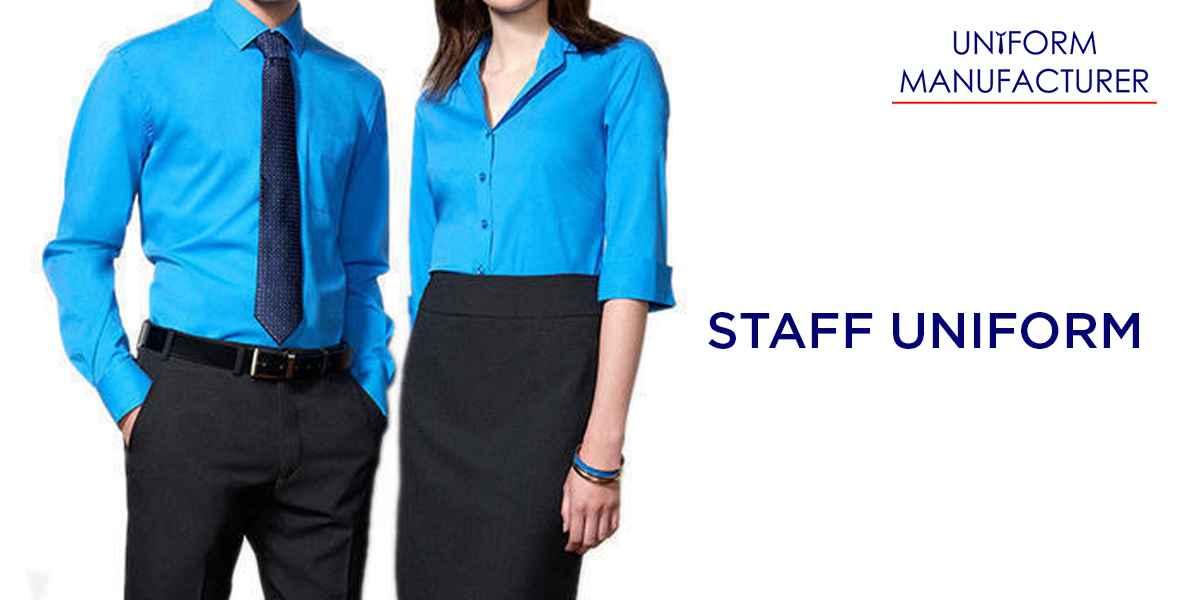Fabric Guide for Uniforms

One of the most essential factors to consider while the selection of a uniform is the fabric quality.
When it comes to uniforms, it’s obviously not wise to settle for a substandard quality fabric because you don’t just want the uniform to look good but should also feel good while wearing it.
Whether it is a school uniform, or a corporate uniform or industrial uniform, the fabric quality matters the most, hence, to avoid any mistake in selecting a uniform fabric that caters your needs, you should be sure of what to look for in the fabrics. This fabric guide talks about some of the core properties that you should consider in a uniform.
The properties to look for in the uniform fabrics:
Breathability:
Fabrics that are breathable work the best for uniforms as they reduce the sweat and manage the moisture of your body. Going for specifically a breathable fabric is a wise pick when it comes to uniforms as it gives room for air to contact your body which helps you feel refreshed and relaxed during the hassles of the long days. The uniform manufacturers can combine different fabrics that collectively provide a breathable property. Cotton is a breathable fabric it retains moisture which makes it a poor choice if you are looking for breathable fabrics. Nylon and polyester have moisture-wicking properties and also dry quickly which makes it a fit for uniforms with breathability.
You can figure out the breathability quotient of fabric through this hack:
Hold the fabric in front of the light and observe how much light passes through it. The more the light it allows to pass, the more breathability it possesses. Thinner materials are usually less breathable.
Sweat Free:
When you spend long days in a uniform, you obviously look forward to fabrics that do not retain sweat. Lightweight fabrics make an ideal choice to achieve a dressy look with sweat-free properties for your uniform. Chambray, bamboo, rayon, are softer and light weighed fabrics, hold the moisture-wicking properties which keep your uniforms free of sweat, and deliver a fulfilling performance in different seasonal environments.
Comfort:
Comfort is the key component that you should consider while selecting a fabric for your uniform.
The fabric performance when it comes to comfort quotient matters a lot and hence, uniform manufacturers usually make use of materials like cotton, cotton-polyester, viscose usually opt for uniforms.
Durability:
You can definitely not miss out on the fabric durability when it comes to uniforms. Uniforms strongly require a fabric that should last longer as it is everyday work. The fabrics that are sustainable and can perform consistently well for a long time are the best suited for uniforms. Wearing and tearing of uniform fabrics, color fading, stretching out after certain washes are some of the most common problems that occur in uniform fabrics.
Polyester is a highly durable fabric. It does not shrink or stretch and does not go out of shape even after numerous washes. Cotton and the synthetic blend are also a great option when durability is concerned as cotton holds a breezy nature and synthetic holds a rough and versatile nature and is color resistant at the same time which makes an ideal pick for your uniform.
Read more about: Designing Uniforms is Easy Now with Uniform Designers






